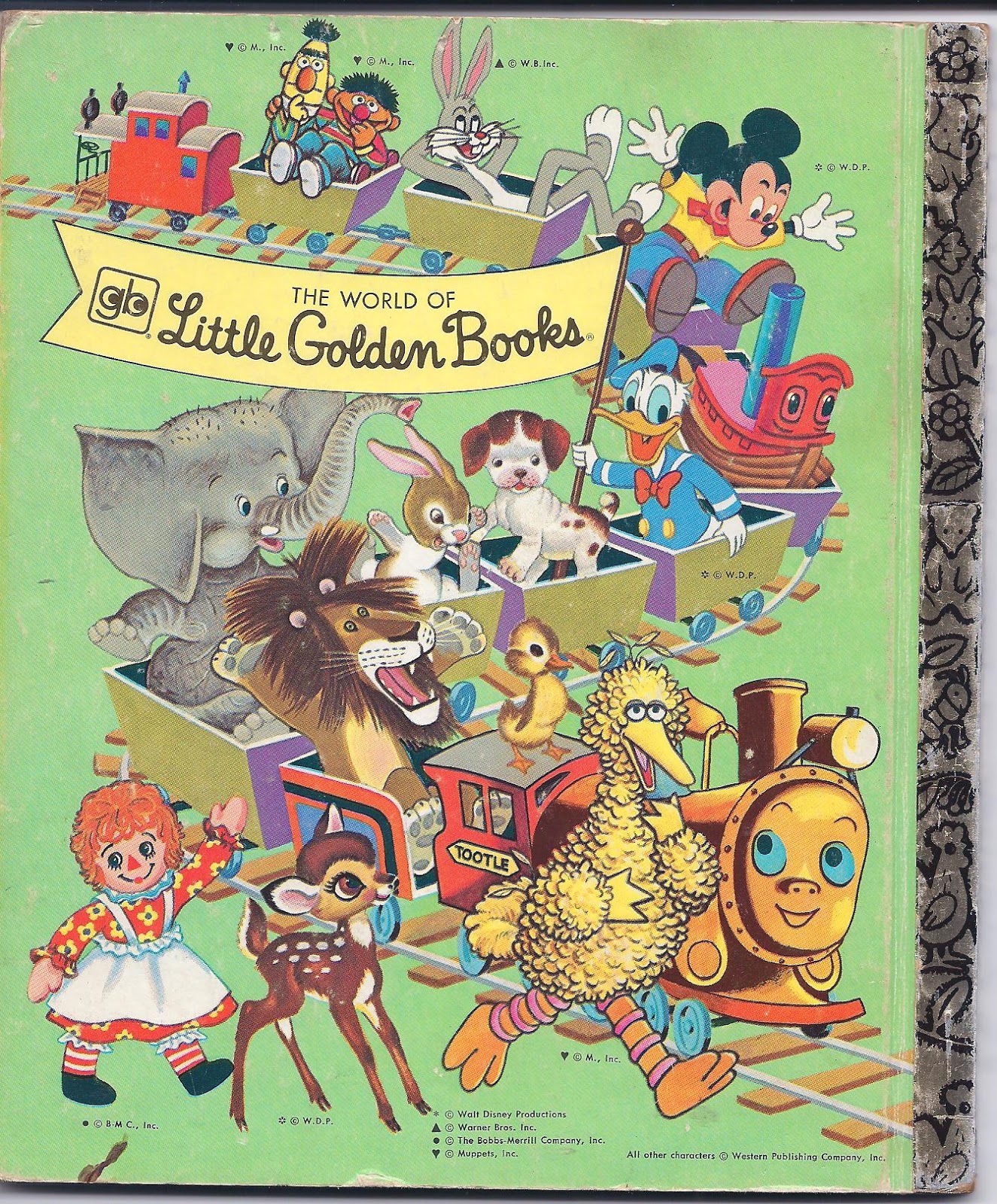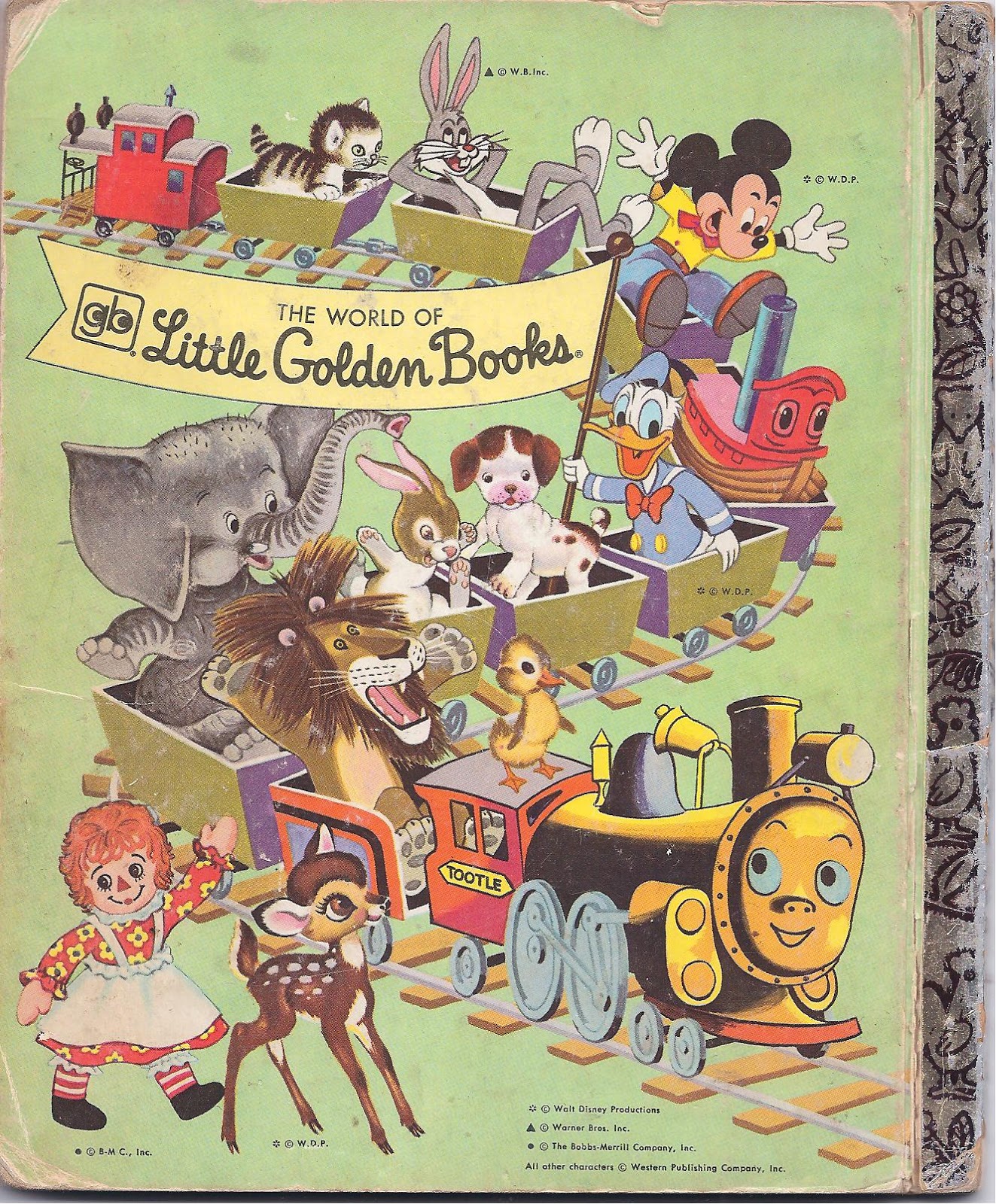Golden Books: A Journey Through Timeless Literature
Golden books have always held a special place in the hearts of readers, captivating generations with their enchanting stories and illustrations. These books are not merely pages bound together; they represent a treasure trove of childhood memories, creativity, and imagination. In this article, we will delve into the world of golden books, exploring their history, significance, and the impact they have had on literature and culture.
From classic tales to modern narratives, golden books have transcended time, reminding us of the importance of storytelling in shaping our lives. As we explore the realm of golden books, we will uncover the reasons why these literary gems continue to resonate with audiences of all ages. Join us on this journey as we navigate through the enchanting pages of golden books, discovering their charm and lasting influence.
In the following sections, we will discuss the origins of golden books, their evolution over the years, and the various themes that permeate their narratives. Additionally, we will highlight some of the most beloved titles and authors associated with golden books, emphasizing their contributions to the literary world. So, let us embark on this literary adventure and uncover the magic of golden books!
Table of Contents
- 1. The History of Golden Books
- 2. The Evolution of Golden Books
- 3. Themes in Golden Books
- 4. Beloved Golden Book Titles
- 5. The Impact of Golden Books on Literature
- 6. Cultural Significance of Golden Books
- 7. Golden Books in the Modern Era
- 8. Conclusion and Final Thoughts
1. The History of Golden Books
The concept of golden books can be traced back to the early 20th century, when publishers began to recognize the need for quality children's literature. The first golden book was published in 1942 by Western Publishing Company, titled "The Poky Little Puppy." This book quickly became a bestseller and helped establish the Golden Books series as a staple in children's literature.
Golden books were designed to be affordable and accessible, making them an attractive option for parents and educators. The combination of engaging stories and beautiful illustrations made them appealing to young readers, fostering a love for reading from an early age.
Key Milestones in the History of Golden Books
- 1942: The publication of "The Poky Little Puppy," marking the beginning of the Golden Books series.
- 1950s-1960s: Introduction of iconic characters and stories, including "The Three Little Kittens" and "The Little Engine That Could."
- 1970s: Expansion of the Golden Books brand to include various themes and genres.
- 2001: The acquisition of Golden Books by Random House, leading to a resurgence in popularity.
2. The Evolution of Golden Books
Over the decades, golden books have evolved in response to changing societal values and reader preferences. The early editions focused primarily on traditional fairy tales and nursery rhymes, but as times changed, so did the content. New stories began to incorporate modern themes, such as diversity, friendship, and environmental awareness.
This evolution reflects the growing understanding of the importance of representation in children's literature. Golden books now feature characters from various backgrounds, allowing young readers to see themselves reflected in the stories they read.
Modern Adaptations of Classic Golden Books
- Reimagining classic tales with contemporary settings and characters.
- Updating illustrations to appeal to new generations of readers.
- Incorporating educational elements to enhance the reading experience.
3. Themes in Golden Books
Thematic diversity is one of the hallmarks of golden books. These stories touch on various subjects, providing readers with valuable lessons and insights. Some common themes found in golden books include:
- Friendship: Many golden books explore the importance of friendship and teamwork, teaching children about empathy and collaboration.
- Adventure: Adventure stories captivate young readers, igniting their imagination and sense of wonder.
- Morality: Moral lessons are often woven into the narratives, helping children understand right from wrong.
- Family: Family dynamics and relationships are frequently depicted, emphasizing the value of love and support.
4. Beloved Golden Book Titles
The Golden Books series boasts a rich collection of beloved titles that have stood the test of time. Here are some of the most cherished golden books:
- "The Poky Little Puppy" by Janette Sebring Lowrey
- "The Little Engine That Could" by Watty Piper
- "The Three Little Kittens" by Elsie Dinsmore
- "The Shy Little Kitten" by Cathryn Falwell
Notable Authors and Illustrators
Many talented authors and illustrators have contributed to the golden books legacy. Some notable figures include:
- Gustaf Tenggren
- Richard Scarry
- Margaret Wise Brown
- Patricia Lakin
5. The Impact of Golden Books on Literature
Golden books have played a significant role in shaping children's literature. They have introduced countless children to the joy of reading and storytelling, fostering a lifelong love for books. The accessibility and affordability of golden books have made them a valuable resource for parents, educators, and libraries alike.
Moreover, the impact of golden books extends beyond individual readers. They have inspired countless authors and illustrators to create their own children's stories, contributing to the vibrant landscape of children's literature.
6. Cultural Significance of Golden Books
Golden books have become a cultural phenomenon, influencing not only literature but also television and film adaptations. Many golden book stories have been transformed into animated series and movies, reaching a broader audience and introducing new generations to these timeless tales.
Furthermore, golden books have become collectibles for enthusiasts, with vintage editions fetching high prices in the market. This cultural significance underscores the enduring appeal of these literary treasures.
7. Golden Books in the Modern Era
The modern era has seen a resurgence in the popularity of golden books, with new titles being released alongside classic reprints. Publishers have embraced digital formats, allowing readers to access golden books in various ways, including e-books and audiobooks.
This adaptability has ensured that golden books remain relevant in a rapidly changing literary landscape, continuing to inspire young readers and foster their imaginations.
8. Conclusion and Final Thoughts
In conclusion, golden books are more than just childhood favorites; they are an integral part of our cultural heritage. Their rich history, thematic diversity, and enduring impact on literature make them a vital resource for readers of all ages. As we reflect on the magic of golden books, let us celebrate the stories that have shaped our lives and continue to inspire future generations.
We invite you to share your favorite golden book titles and experiences in the comments below. Don't forget to explore other articles on our site to further enrich your literary journey!
Thank you for joining us on this exploration of golden books. We hope to see you again soon for more literary adventures!
Understanding VUSXX Yield: A Comprehensive Guide
Manga Berserk Read: A Deep Dive Into A Timeless Classic
Golden State Warriors Vs Lakers Match Player Stats: A Comprehensive Analysis


